When you observe a strange spot on the skin—like a mole with changed colour, a sore that is not able to heal, or a spot that’s just not sitting right—your doctor may suggest a skin biopsy. It can sound a bit intimidating at the start, yet it is honestly a common and simple procedure. The goal? To take a small sample from skin tissue, and to examine that under the microscope to figure out just what’s going on. Whether it’s a rash, as well as infection, even something more serious like skin cancer, a biopsy can help get to the bottom of it.
But here’s the thing—there’s no single kind of skin biopsy. Given what the doctor sees and thinks, they will pick one method that is best for your case. Let’s walk through several main types of skin biopsies, what they involve, and what you might expect from each one.
Shave biopsy
This is truly the most straightforward type and indeed a common type. If the spot that is on your skin is raised—like a mole, skin tag, or even a basal cell carcinoma—a shave biopsy is to be said by the doctor.The doctor uses a tiny blade or razor to shave off the top layers of skin, like skimming the surface. There is zero need for stitches afterward, which is great, and healing tends to be quite quick.
Shave biopsies are usually done right there in the doctor’s office, and the whole thing is pretty quick and easy. Once the area is numbed with a little local anesthetic, most people hardly feel anything. It’s a simple way to get a look at surface-level skin issues, like moles or small growths. The only catch is that it doesn’t go very deep, so if there’s something going on beneath the surface, your doctor can use a different method to get a clearer picture.
Punch Biopsy
If the physician requires a deeper specimen—such as for a rash or condition involving deeper skin layers—they may choose a punch biopsy. Picture a miniature cookie cutter, but for your skin. That’s roughly how the punch tool operates. It removes a small, round patch of skin with all the layers: epidermis, dermis, and a little bit of the fat below.
Since this kind of biopsy goes deeper, you may require a stitch or two afterwards. It’s still a fast procedure and typically takes less than 15 minutes, and the scar is also tiny in most instances. Punch biopsies are perfect for diagnosing inflammatory skin diseases or finding cancers that may be hidden below the skin.
Excisional Biopsy
This one’s a little more complicated. If there’s a bigger or suspicious lesion—such as a melanoma or an odd mole—your doctor may want to remove the whole thing. That’s where an excisional biopsy can be detected by your doctor. It’s in essence a minor surgery where the entire lesion, along with a border of healthy skin around it, is to be cut out.
You will be sure to be numbed for this one and, of course, there will be stitches afterwards. Healing is slightly longer, and there is a greater possibility of scarring, but it is usually worth it when the physician must have a complete understanding of what is occurring.
Excisional biopsies are particularly valuable when suspected skin cancer exists because they take a complete sample that can be fully analyzed. It’s having the whole story rather than part of the story.
Incisional Biopsy
Occasionally, taking out the whole lesion isn’t feasible—perhaps it’s too large or in a difficult place such as the face. In such a situation, an incisional biopsy is employed. Here, the physician removes only a part of the suspicious lesion. It is like an excisional biopsy but more focused.
Similar to the other forms, the site is anesthetized, and a couple of stitches might be required. The idea is to obtain sufficient tissue to make a proper diagnosis without excising the entire lesion—at least not immediately. If there is something significant, additional treatment or surgery could ensue.
When and Why It’s Done-:
So, why would your physician order a skin biopsy in the first place? The most frequent reasons are:
Suspicion of skin cancer (such as melanoma, basal cell carcinoma, or squamous cell carcinoma), inflammation and rashes.
Chronic skin infections-:Persistent sores or growths
A biopsy helps clarify things. It’s the bridge between guessing and knowing, and that knowledge is vital in determining how to treat the problem.
What to Expect is that regardless of which kind of biopsy you receive, the overall process is quite standard. The area is first cleaned and numbed with a local anesthetic (typically a brief pinch and a bit of stinging). The actual biopsy is only a matter of seconds. Then, you may have a tiny bandage, some stitches, or some ointment to apply for a couple of days.
Most individuals immediately return to their regular routine thereafter, although you should steer clear of swimming or strenuous physical activity if stitches are present. The test results typically arrive around a week, although it is dependent upon what is being analyzed.
Final Thoughts!
In a Nutshell-skin biopsies are mini detective tools that enable physicians to get to the bottom of things. Whether it’s a minor bother or a potentially serious illness, getting a clear, precise diagnosis is the starting point for proper treatment. Though the thought of someone removing a sample of your skin may seem a little creepy in advance, in fact, the procedure is typically short, fairly painless, and very worthwhile.
So, when your doctor prescribes a biopsy, don’t freak out. Also, you can reach out to skin biopsy services and ask questions, learn about it, and understand that it’s all part of taking good care of your health—and your skin.

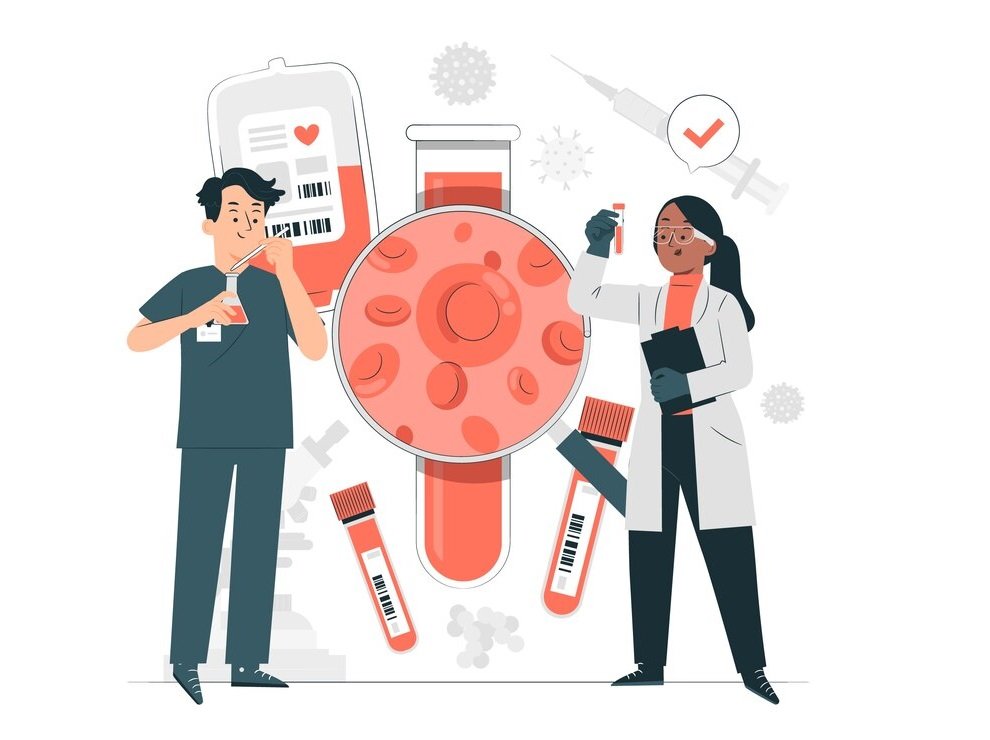

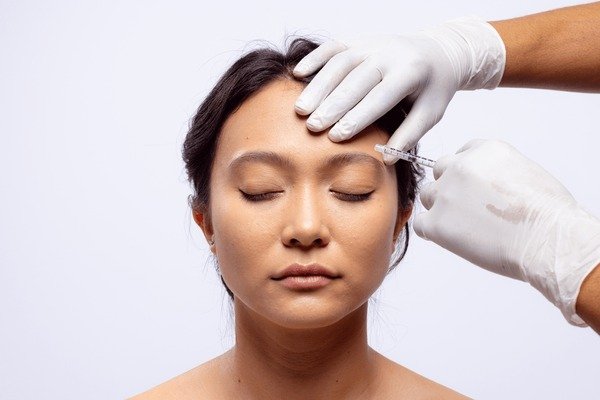
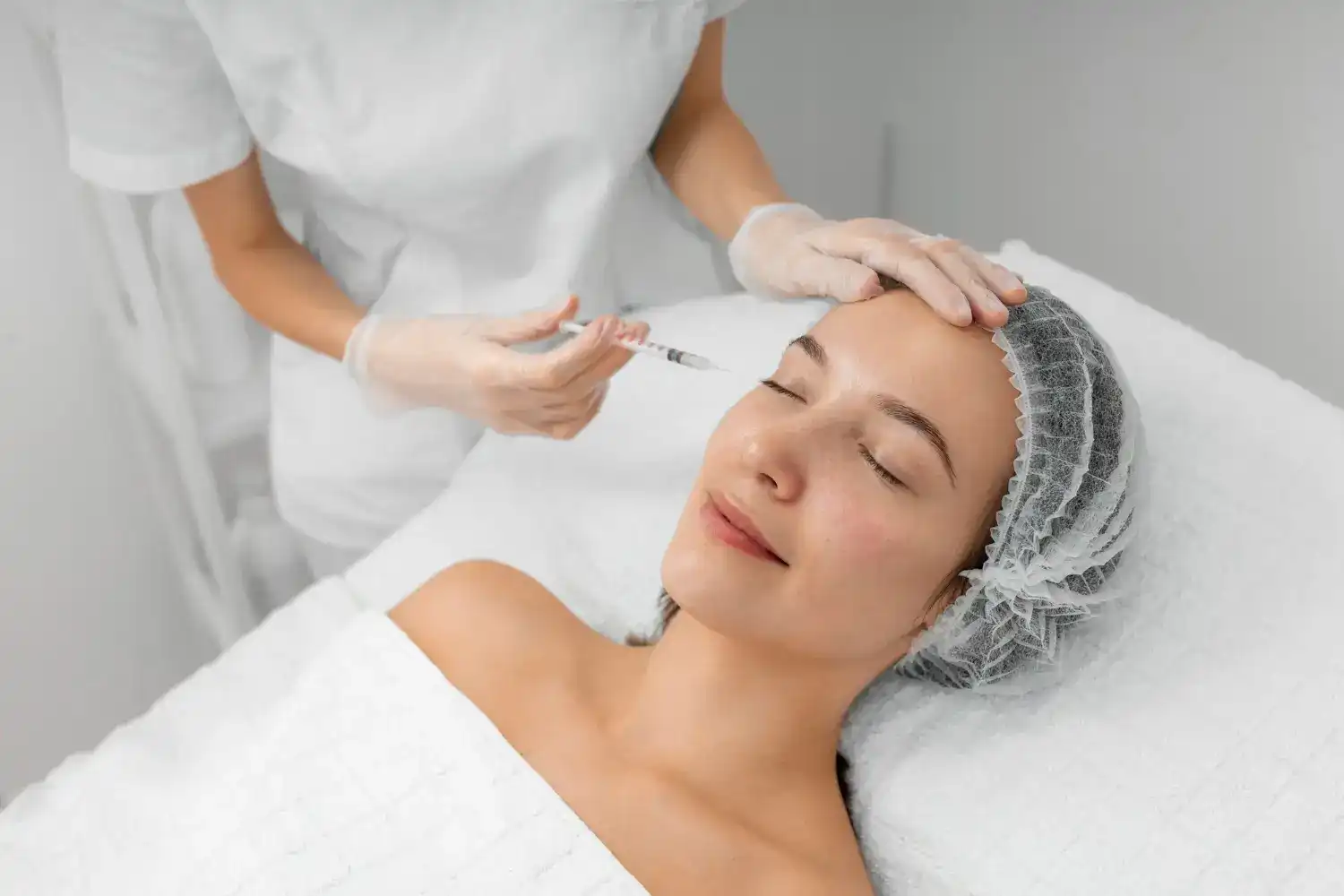


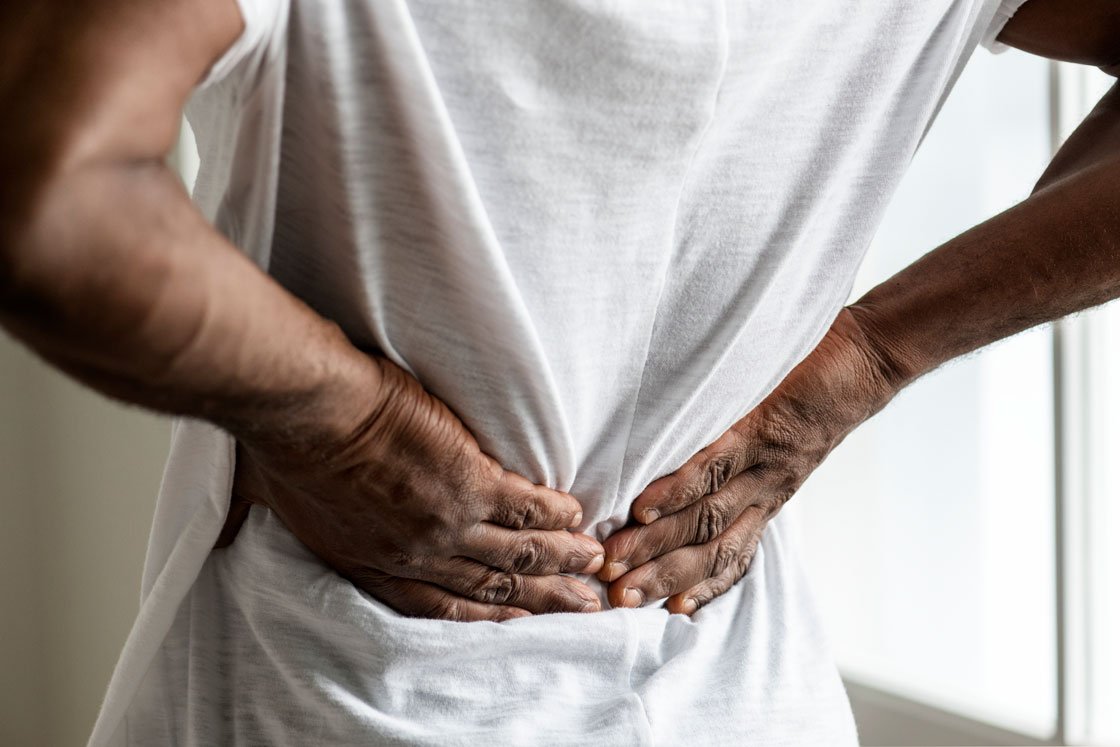



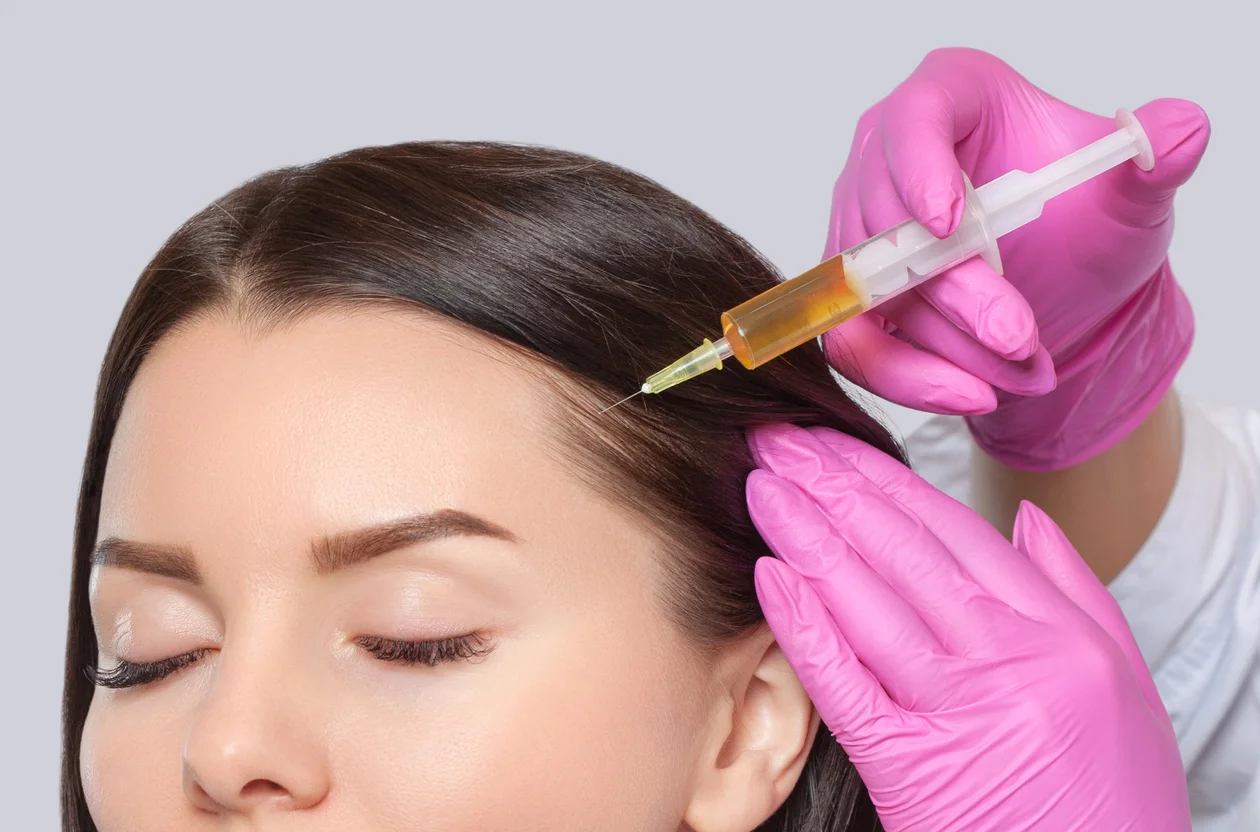




Leave a Reply